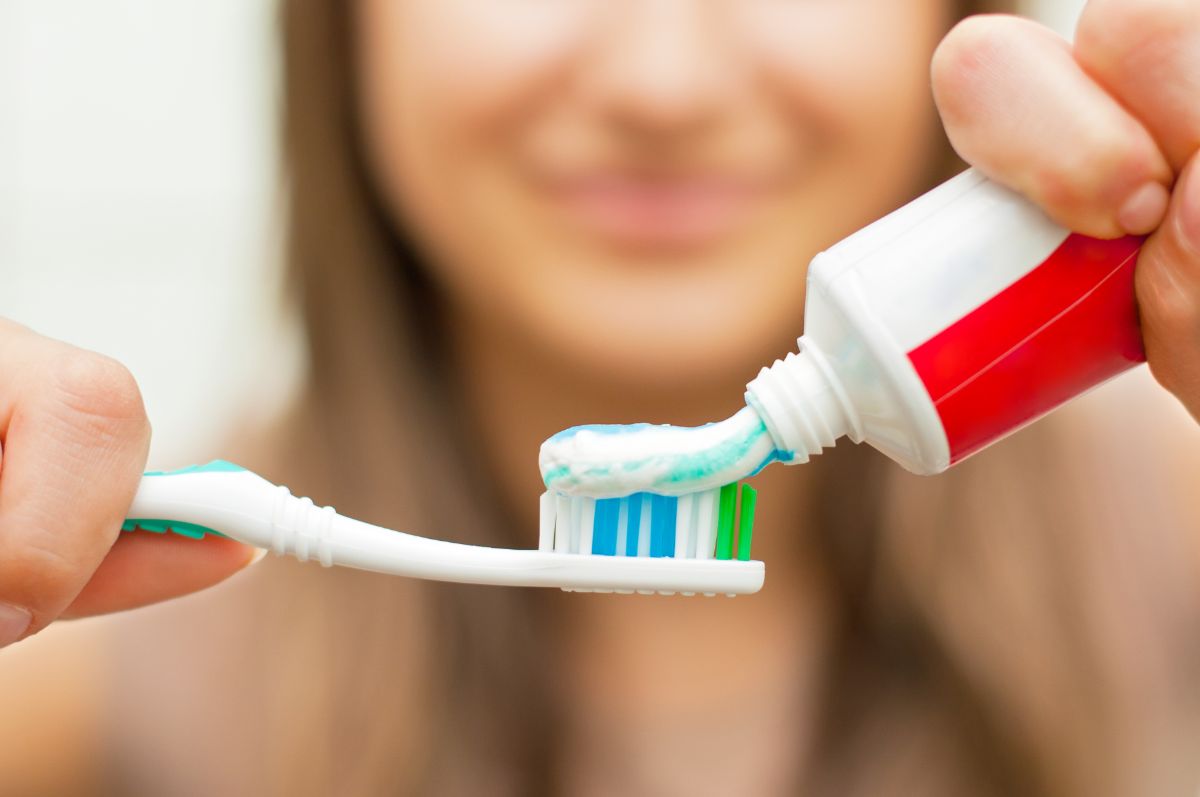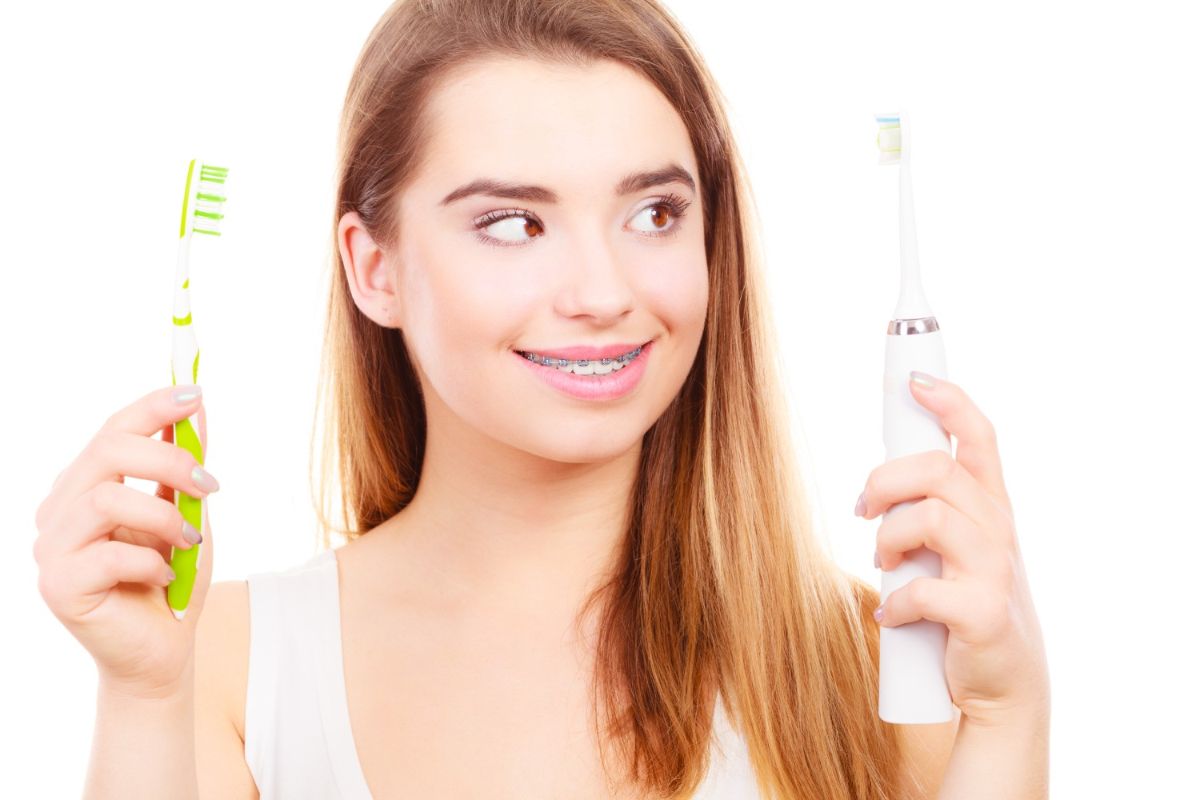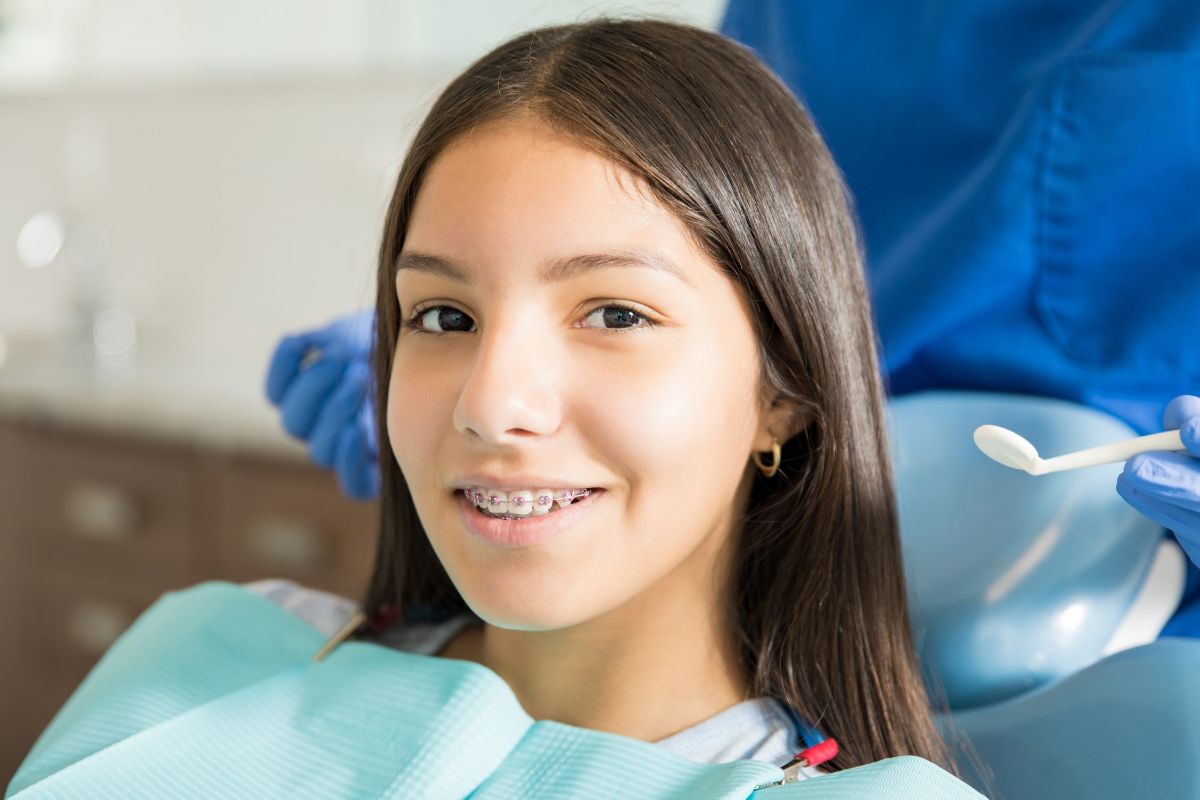If you’re looking to maintain healthy teeth and gums, there’s no substitute for a good oral hygiene routine. This is true for all of us, but it’s an essential part of the treatment process for orthodontic patients. This is especially true for those in braces, as the brackets and wires can trap food debris and hide bacteria. It can also be difficult to clean all the nooks and crannies they create. Plaque can build up quickly if the teeth aren’t brushed and flossed effectively, feeding off any sugar that enters the mouth. This will produce harmful acids that can damage the tooth enamel and cause other dental problems over time.
Cavities and tooth decay are never a good time, but when they’re left to spread, it can lead to several secondary issues. Here at Moffett & Walley Orthodontics, we’ve seen firsthand how dental emergencies and poor oral health can affect a patient’s treatment process. The time in braces or clear aligners may need to be extended and the final results could also be affected. In some serious cases, braces have even had to be removed temporarily so the problem can be resolved before resuming orthodontic treatment.
There’s an important link between your oral health and successfully achieving a straighter smile. If you’re an orthodontic patient, maintaining a healthy mouth is one of the best ways to guarantee long-lasting results you’ll love! We can all benefit from getting back to the basics sometimes, so keep reading for our top tips on caring for your teeth during the orthodontic process.
Brushing with braces
Once your braces have been placed, you may need to adjust how you brush your teeth. Your usual technique probably won’t work as well anymore, since there are brackets and wires to deal with. You’ll need to brush them more often, too. We recommend brushing 3-4 times a day for at least two minutes each time to keep food particles and plaque from building up in between your braces and teeth.
While there’s no particular toothbrush we recommend for braces, you should choose one with soft bristles. Manual toothbrushes can sometimes leave food particles and plaque behind no matter how thorough your brushing is, so we also recommend you use an electric toothbrush for the extra power it provides.
As with toothbrushes, no specific toothpaste is needed for brushing teeth with braces. Fluoride toothpaste is recommended, however. We also suggest using mouthwash daily to rinse around your brackets. This will help flush out any debris that’s still trapped after brushing and flossing. To correctly brush your teeth with braces, refer to the following guidelines.
- Hold the toothbrush against the front sides of the teeth, and move the toothbrush in small circular motions, following the regular curve of the gums and teeth as you go from tooth to tooth.
- Brush each tooth for several seconds, carefully and slowly, making sure all food particles are reached and removed along the gum line, between the braces, and on the surface of each tooth.
- Remember to brush the biting surfaces of the teeth, the back sides of the teeth, and behind the molars. And don’t forget to brush the roof of your mouth and tongue before rinsing.
- To properly clean the brackets, angle the brush head against them, and don’t forget to brush thoroughly under the wires as well!
Once you’re done, inspect your teeth and braces carefully to make sure they’re spotless. Take a look in a well-lighted mirror to see if you’ve missed anything, and check for any loose or broken brackets. If you see something out of the ordinary, let us know and our doctors can advise you on whether or not it needs to be checked out or repaired.
Flossing with braces
Flossing effectively can be an ordeal even at the best of times, but it’s an essential part of oral care if you’re wearing braces! Even if it seems like you’ve brushed away every bit of food, braces can easily trap tiny particles of it in places that are hard to see and reach.
Thankfully, there are lots of products available to make this much easier to accomplish! Floss threaders are a great example of this. This reusable tool has a stiff end that allows you to easily floss between the brackets and under the archwire. To ensure you’re flossing correctly with braces, give these simple tips a shot.
- Slide a piece of floss about 18 inches long under the wire, above the space between the two teeth. Insert the floss halfway through, and then hold both ends of the floss. Carefully slide the floss up and down a few times between the teeth. When the tooth is clean, you’ll be able to hear a slight squeaking sound.
- Floss the gum line with the floss in the shape of a “C,” and below the gum line with a soft up and down motion. Be careful not to apply too much pressure when flossing around the archwire.
- Gently remove the floss, thread it under the next wire, and repeat the steps above.
It may take you a while to get through this process in the beginning, but with a little practice (and patience!) flossing will be a breeze, even with braces. Your teeth will thank you for all that extra effort!
Basics for Invisalign patients
Invisalign aligners are designed to be removed before you brush, making oral hygiene an easy task. There are still some basic guidelines to follow to ensure your teeth and aligners stay in good shape, though. Clean hands are key to good health, so always wash your hands with soap and water for at least 20 seconds before putting your aligner in. Pay careful attention to your fingernails and fingertips since these come into the closest contact with your mouth and aligners.
You’ll need to care for your aligners when they’re out of your mouth, too. Although it can be tempting to toss them onto the nearest surface when you remove them, always place your aligners in a sealed container when you’re not wearing them. You can also leave them to soak in a cleaning solution. This protects them from germs and also prevents you from accidentally throwing them away (or leaving them somewhere for a pet to chew on—something that happens more often than you might think!)
Once you’re done eating or your teeth are brushed and flossed, wash your hands again and rinse your aligner well before putting it back in your mouth. Remember that aligners must be worn for 20-22 hours every day throughout the treatment process and switched out for the next in the series every 1-2 weeks. When you stick to these guidelines, your Invisalign aligners can work just as well as braces, leaving you with a healthy smile that feels good and looks great!
Boost your oral health with Moffett & Walley Orthodontics
Following the guidelines we’ve listed above will keep your mouth healthy while we work on straightening your smile! If you have any questions or concerns about oral hygiene during treatment, our expert team is always happy to set your mind at ease. Are you interested in learning more about how to be proactive with the health of your smile? Get in touch with us today to schedule a FREE consultation or follow-up appointment with our Jackson or Madison office!


